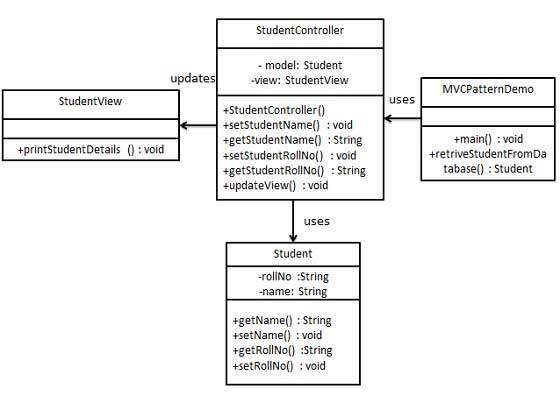Note:MVC (Model-View-Controller) is a design pattern commonly used in advanced Java web applications to separate the concerns of an application into three main components: Model, View, and Controller. This separation helps in maintaining code readability, reusability, and scalability. Here’s a brief overview of MVC architecture in advanced Java:
Model:
The Model represents the application’s data and business logic. It is responsible for managing and manipulating data, as well as performing operations on that data.
In Java, the Model is often implemented as JavaBeans, POJOs (Plain Old Java Objects), or JPA (Java Persistence API) entities, depending on the specific requirements of the application.
The Model does not have any knowledge of the user interface or presentation layer.
The View represents the user interface and is responsible for displaying data to the user and receiving user input.
In Java web applications, the View is typically implemented using JSP (JavaServer Pages), Servlets, or frameworks like JavaServer Faces (JSF), Thymeleaf, or FreeMarker.
The View should not contain any application logic but should instead focus on rendering data from the Model and handling user interactions.
The Controller acts as an intermediary between the Model and the View. It receives user input from the View, processes it, interacts with the Model to perform any necessary operations, and then updates the View.
In Java web applications, the Controller can be implemented using Servlets, Spring MVC, or other web frameworks.
The Controller is responsible for handling user requests, invoking the appropriate methods in the Model, and deciding which View to render.
Here’s a simplified example of how MVC works in an advanced Java web application:
2. The Controller receives the user’s request, processes it, and interacts with the Model to retrieve or update data as needed.
3 .The Model performs the necessary operations on the data, and the Controller updates the View with the results.
4. The updated View is sent back to the user’s browser for display.



